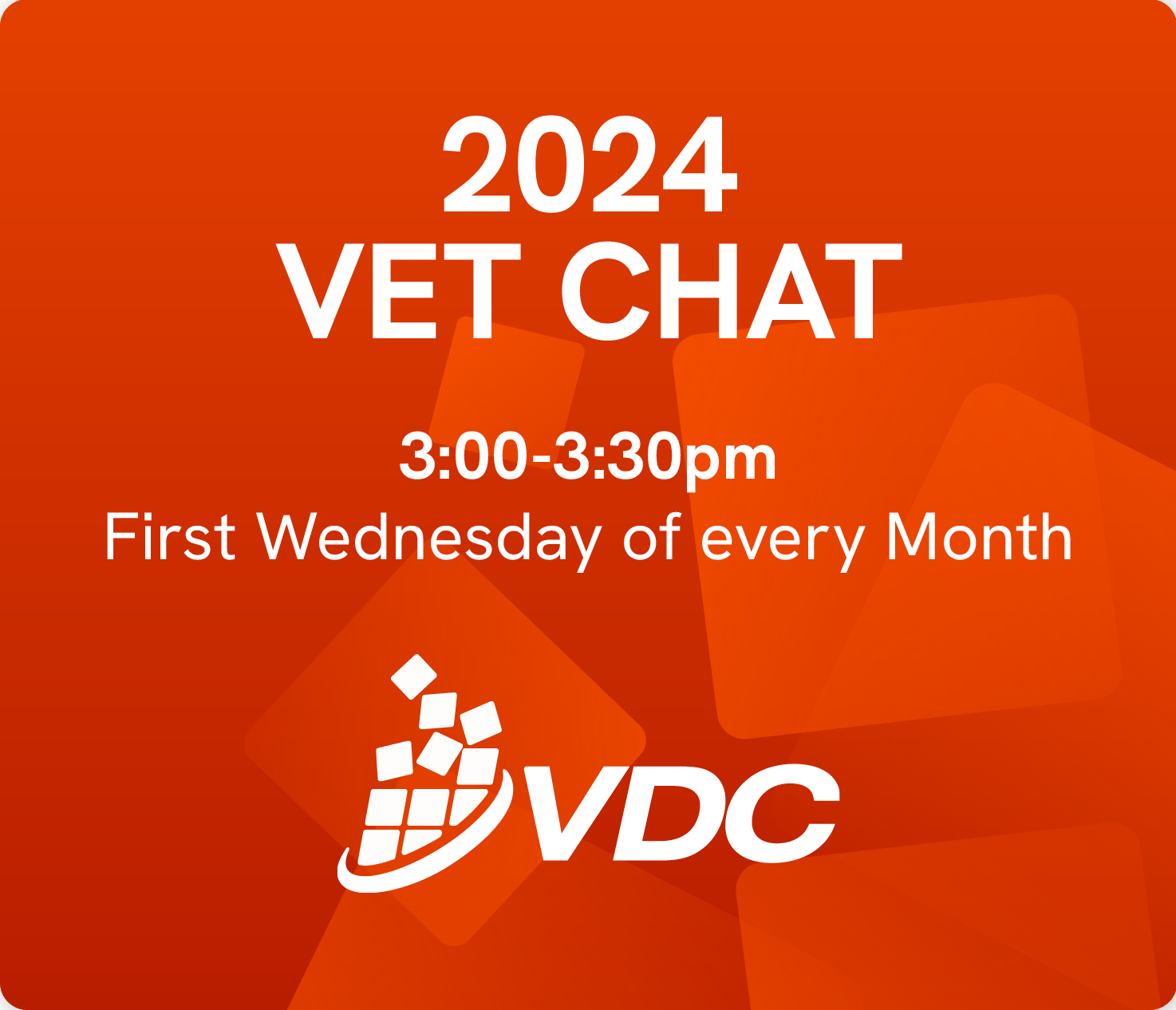Five Victorian VET providers have implemented innovative programs that are making a difference for disengaged young learners.
VET has a proud record in testing and implementing teaching and learning innovations, and in aligning those innovations with new ways of providing student support and furthering industry relevance. VET’s outreach to students and employers is a clear and long-sustained differentiator of VET from school and university systems.
That record of innovation has seen VET providers develop unrivalled know-how for making learning and teaching work in demanding circumstances across the VET sector. It’s what a new Victorian TAFE Association publication calls ‘system learning’ – sharing innovative practice across the system with the purpose of ‘maximising the reach of ideas that work.’
Back to Work
The new publication – TAFE Back to Work Case Studies (24 pages) – describes how five Victorian providers put their innovation smarts to work in supporting disengaged and marginalised young people to find their way into work. With funding through the Victorian Government’s Back to Work program, the providers developed an array of new approaches to old problems for this group of vulnerable learners.
Wodonga TAFE’s Back to Work program, for example,
… does not step away from important realities that often present obstacles for job seekers. On a very practical level, job seekers frequently encounter an old conundrum – they are unable to access available jobs because they lack work experience which they can only get if they have a job that proves their mettle.
Wodonga TAFE’s Back to Work program tackles that impediment directly by introducing the skills of program participants to prospective employers through work placements and public activities that put their skills on visible display … Employers can see the skills of Back to Work participants in action. The demonstration effect can be a powerful substitute for lack of experience.
Partnering expertise is crucial
The varied approaches are distinctive in the way they respond to local circumstances and local opportunities. There are also common features that thread their way through the five program designs. In every instance, there is a reliance on the providers’ longstanding expertise in forming, maintaining and extending productive partnerships with employers and local agencies.
In their jointly delivered Back to Work program, Holmesglen and Chisholm Institute drew on Holmesglen’s strong links with the Brotherhood of St Laurence. The Brotherhood’s advice informed a program design that attracts at risk young people, and is central to shaping and implementing a strategy for monitoring and sharing outcomes.
Evidence counts
Each Back to Work program can claim a sophisticated, thoughtful twist on some aspect of training. Federation Training, for example, spent time gathering data about industry concentrations, unemployment and demand for labour across the Gippsland region. As the case study notes:
On the weight of this evidence, Federation Training designed Paddock to Plate – a program that caters for the skills required by local employers by mirroring the agribusiness supply chain, from production to tourism related services. Working with industry maximises Back to Work Fund outcomes. Paddock to Plate has an ongoing emphasis on expanding industry partnerships, including working with local industry to develop apprenticeships in cookery and traineeships in hospitality and horticulture.
The case study booklet also describes Back to Work information technology programs designed and implemented by Box Hill Institute and Victoria Polytechnic.








